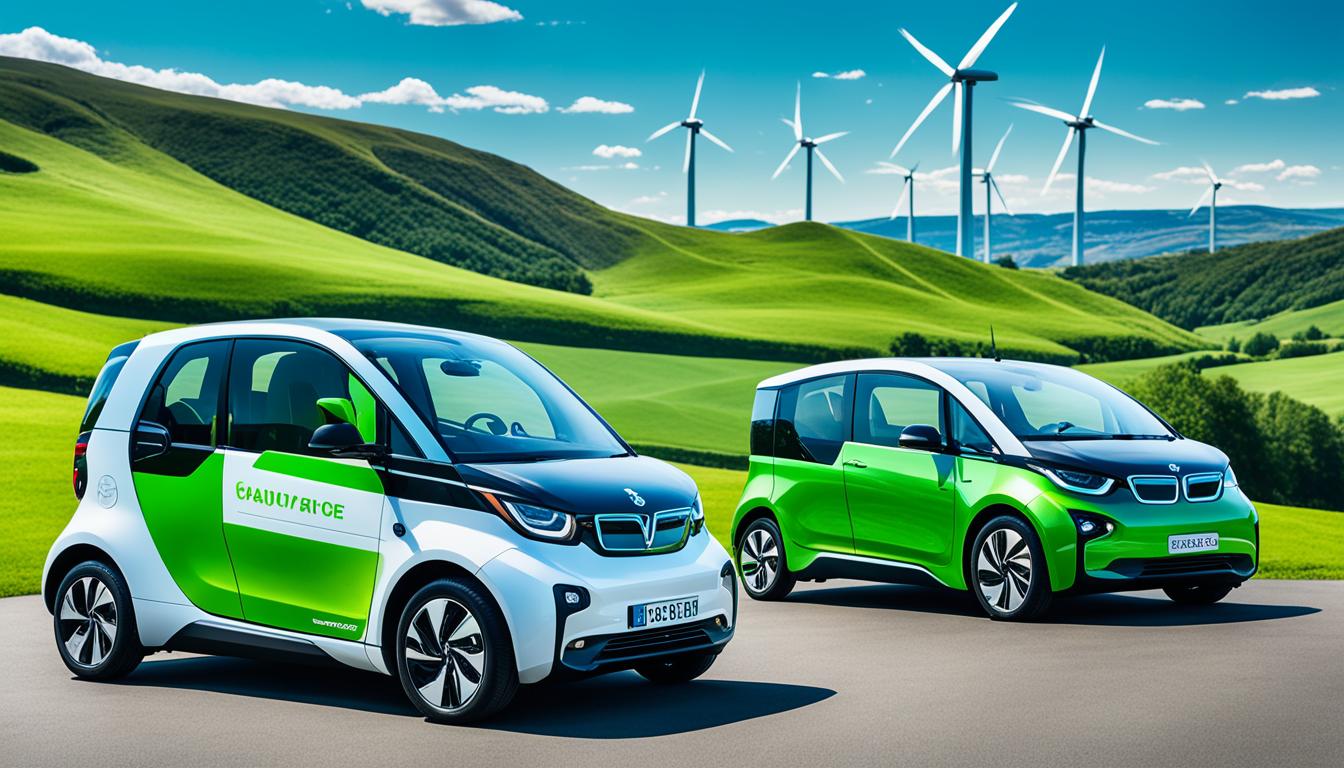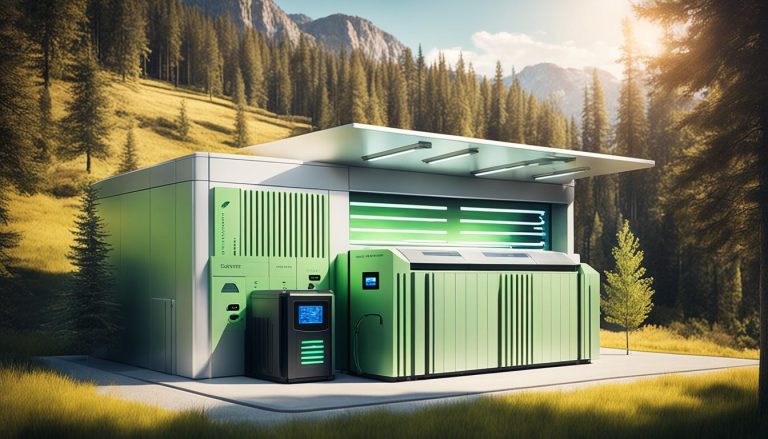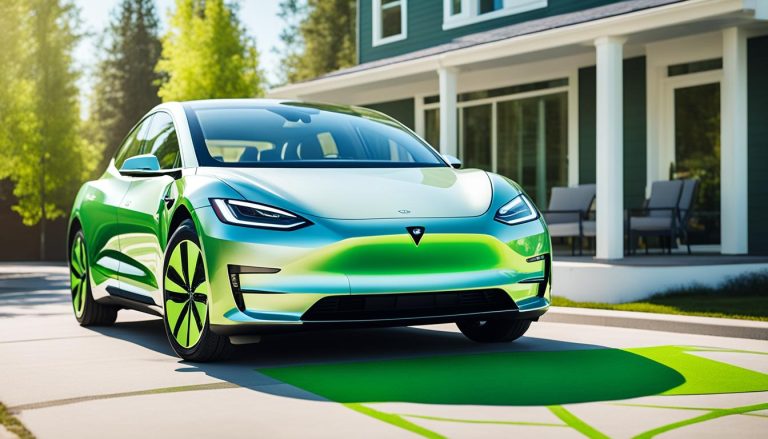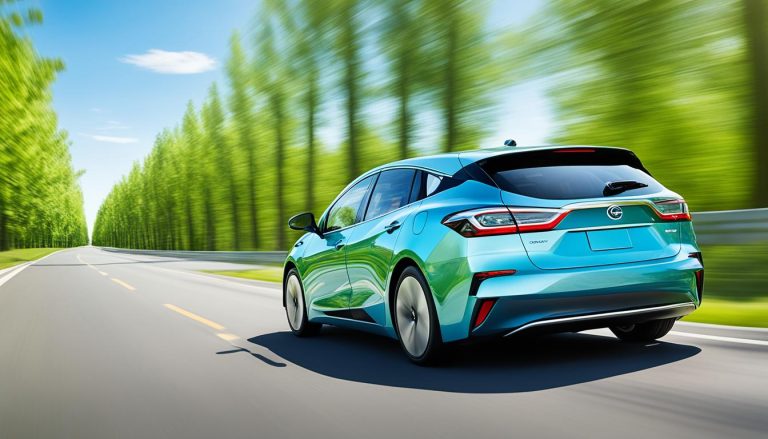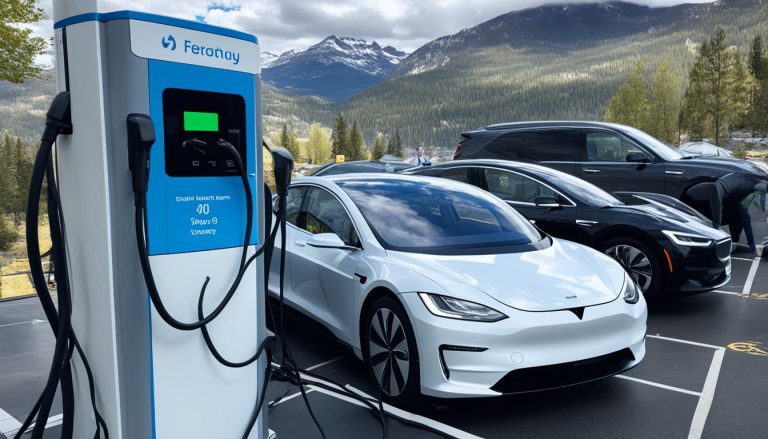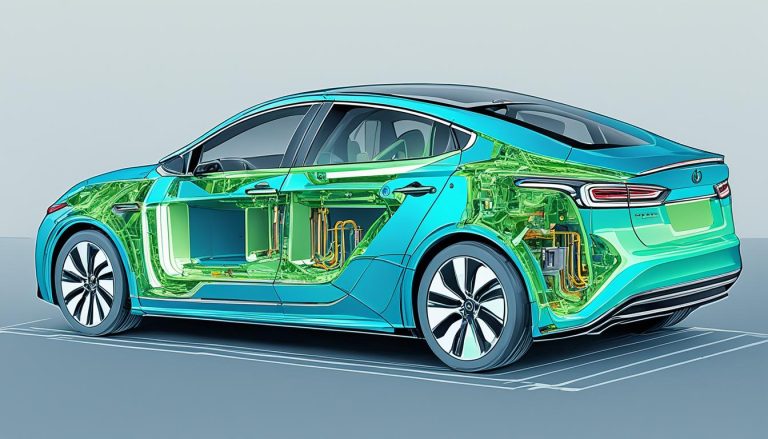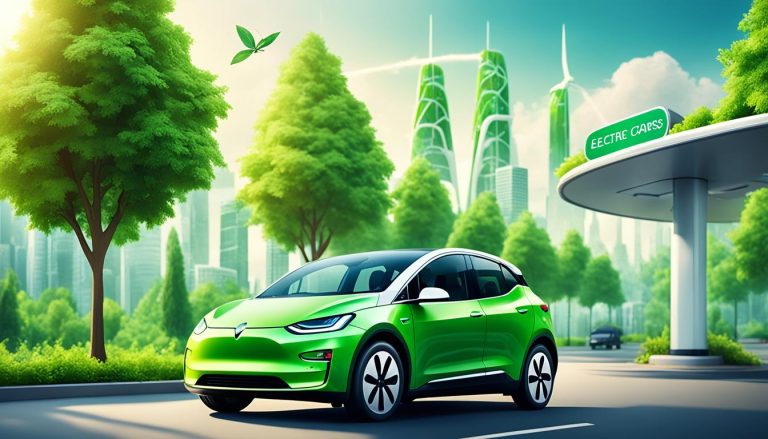How Green Are Electric Vehicles
Welcome to our in-depth analysis of Green Electric Vehicles (EVs) and their environmental impact. In this section, we will explore whether these vehicles are as eco-friendly as commonly believed. While EVs have gained popularity for their potential to reduce emissions and contribute to a cleaner, greener future, it is important to evaluate their overall environmental footprint. By understanding the true extent of their eco-friendliness, we can make informed decisions about our transportation choices.
When examining the environmental impact of Green Electric Vehicles, it’s crucial to consider various factors. From the manufacturing process to resource consumption and end-of-life disposal, each stage of an EV’s lifecycle plays a role in determining its overall eco-friendliness.
By delving into the benefits, evaluating the environmental impact, and exploring the future prospects of Green Electric Vehicles, we aim to provide you with a comprehensive understanding of their role in building a sustainable transportation system. Let’s dive in and discover the truth about the green credentials of electric vehicles.
The Benefits of Green Electric Vehicles
Green Electric Vehicles (EVs) offer a range of benefits that make them an attractive choice for eco-conscious individuals and communities. Let’s explore the numerous advantages of embracing this clean and sustainable mode of transportation.
1. Reduction of Greenhouse Gas Emissions
One of the key benefits of Green Electric Vehicles is their ability to significantly reduce greenhouse gas emissions. Unlike conventional vehicles that run on fossil fuels, EVs produce zero tailpipe emissions. This makes them an essential solution in mitigating climate change and improving air quality in urban areas. By transitioning to EVs, we can contribute to a cleaner and healthier environment for future generations.
2. Improved Air Quality
Traditional gasoline and diesel vehicles emit harmful pollutants into the air, leading to respiratory problems and other health issues. Green Electric Vehicles, on the other hand, produce no exhaust emissions, which helps improve the overall air quality, especially in densely populated areas. By driving EVs, we can create cleaner and safer environments for ourselves and our communities.
3. Reduced Dependence on Fossil Fuels
Green Electric Vehicles rely on electricity as their primary source of power, reducing our dependence on fossil fuels such as gasoline and diesel. With renewable energy sources gaining momentum, driving an EV means tapping into a greener and more sustainable energy mix. By shifting to EVs, we can decrease our reliance on finite fossil fuel resources and contribute to a more resilient and sustainable energy future.
4. Lower Operating Costs
While the upfront cost of purchasing an EV may be slightly higher than that of traditional vehicles, the long-term operating costs are significantly lower. Electric vehicles have fewer moving parts and require less maintenance compared to internal combustion engines, resulting in reduced servicing and repair expenses. Additionally, the cost of charging an EV is typically lower than fueling a conventional vehicle, leading to long-term savings for EV owners.
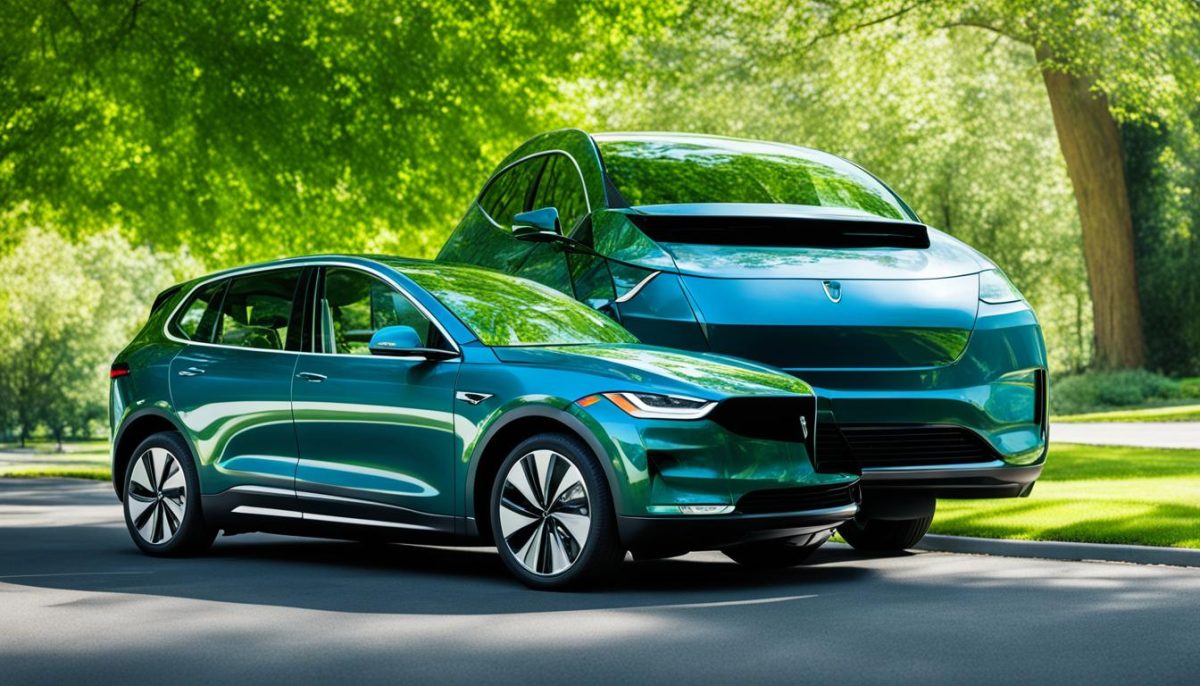
By considering these benefits, it becomes evident that Green Electric Vehicles have a crucial role to play in building a sustainable and eco-friendly transportation system. The positive impact of EVs extends beyond individual vehicle owners and contributes to a greener and cleaner future for all.
Evaluating the Environmental Impact of Green Electric Vehicles
When considering the environmental impact of transport, one key area of focus is the contribution of Green Electric Vehicles (EVs). These eco-friendly vehicles have gained popularity due to their potential to reduce greenhouse gas emissions and dependence on fossil fuels. However, it is important to critically evaluate their overall environmental impact by examining various factors such as the manufacturing process, resource consumption, and end-of-life disposal.
The Manufacturing Process
The production of Green Electric Vehicles involves the extraction of raw materials, manufacturing components, and assembly. While EVs produce zero emissions during operation, the environmental impact of their manufacturing phase must be considered. It requires energy-intensive processes and consumes valuable resources such as lithium, cobalt, and rare earth metals. Efforts are being made to improve the sustainability of manufacturing methods, reduce resource consumption, and minimize the carbon footprint associated with EV production.
Resource Consumption
Another aspect to evaluate is the resource consumption throughout the lifecycle of Green Electric Vehicles. This includes the energy required for charging, the efficiency of battery technology, and the utilization of renewable energy sources. The sustainability of EVs largely depends on powering them with clean energy sources to maximize their environmental benefits. Furthermore, developments in battery technology, such as improved energy storage capacity and recyclability, can contribute to reducing resource consumption and environmental impact.
End-of-Life Disposal
Proper disposal of EVs at the end of their lifecycle is crucial to mitigate environmental impact. The management of batteries and other vehicle components requires careful consideration to prevent pollution and promote recycling. Recycling programs for EV batteries are being developed to recover valuable materials and reduce the environmental impact of disposal. It is essential to ensure that the entire lifecycle of Green Electric Vehicles is managed sustainably to minimize their overall environmental footprint.
By evaluating factors such as the manufacturing process, resource consumption, and end-of-life disposal, we can gain valuable insights into the true environmental impact of Green Electric Vehicles. It is important to continue advancing sustainable practices and technologies to further enhance the eco-friendliness of EVs. With continued progress in these areas, Green Electric Vehicles have the potential to significantly contribute to a cleaner and greener transportation future.
| Environmental Impact | |
|---|---|
| Manufacturing Process | Energy-intensive processes and resource consumption |
| Resource Consumption | Dependent on clean energy sources and battery technology improvements |
| End-of-Life Disposal | Proper management and recycling of EV batteries |
The Future of Green Electric Vehicles
As we look ahead to the future, it’s clear that Green Electric Vehicles (EVs) will play a significant role in shaping a more sustainable transportation system. The rapid advancement of technology and increasing environmental awareness are driving the development of innovative solutions that will further enhance the environmental benefits of EVs.
One of the key areas of focus is the continuous improvement of battery technology. The future of EVs lies in the development of longer-lasting, more efficient batteries that can store and deliver power effectively. As battery technology evolves, EVs will be able to travel longer distances on a single charge, making them even more practical for everyday use.
In addition to advancements in batteries, the future of Green Electric Vehicles also relies on the expansion and improvement of charging infrastructure. Governments, businesses, and other stakeholders are actively working together to create a robust network of charging stations that is widely accessible and convenient for EV owners. These efforts will further alleviate range anxiety and encourage more people to switch to electric mobility.
Furthermore, policy changes and financial incentives will play a crucial role in accelerating the adoption of Green Electric Vehicles. As governments worldwide aim to reduce carbon emissions and combat climate change, policies that promote EV usage, such as tax credits, rebates, and zero-emission vehicle mandates, will become more prevalent. These measures will make owning an EV more appealing and affordable, contributing to a greener future.

